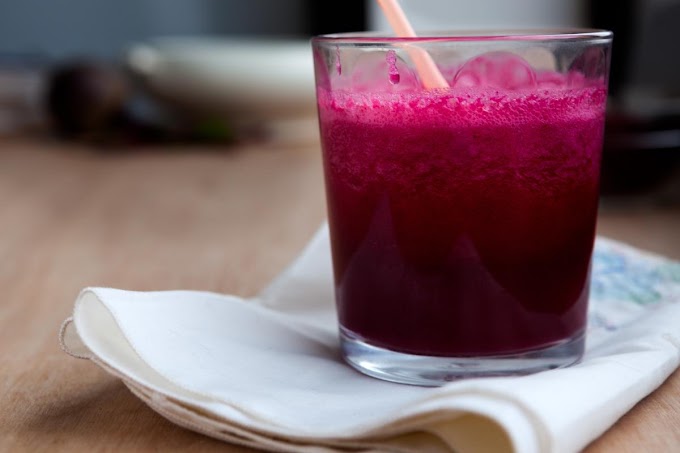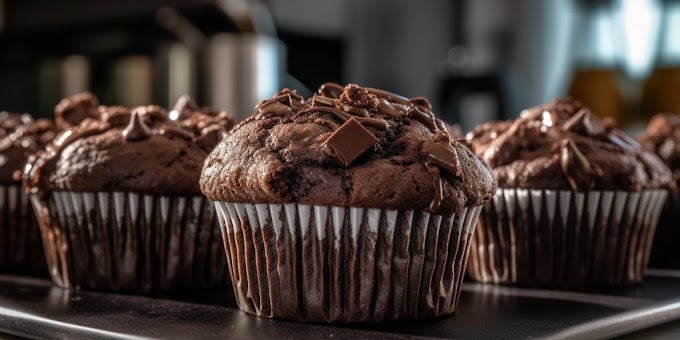Bivalves, the group of marine and freshwater mollusks that includes clams, oysters, mussels, and scallops, are a delicacy enjoyed by seafood enthusiasts around the world. Their rich, briny flavor and tender texture make them a favorite ingredient in a variety of dishes, from simple steamed mussels to luxurious oyster Rockefeller. However, cooking bivalves can be intimidating for beginners, as these shellfish require precise techniques to ensure they are both safe to eat and delicious. In this guide, we'll explore the different methods of cooking bivalves, offering tips and recipes to help you master this culinary art.
Understanding Bivalves: A Quick Overview
Before diving into cooking methods, it's important to understand what bivalves are and how they differ from other shellfish. Bivalves are a type of mollusk that have two hinged shells, which they can open and close. They live in both saltwater and freshwater environments, filtering food from the water around them. Popular bivalves include:
Clams: Found in both saltwater and freshwater, clams have a slightly sweet flavor and are often used in soups, stews, and pasta dishes.
Oysters: These saltwater mollusks are famous for their briny, buttery taste and are often enjoyed raw on the half shell.
Mussels: Mussels have a mildly sweet, earthy flavor and are usually steamed or used in seafood stews.
Scallops: Known for their tender texture and sweet flavor, scallops are often seared to create a caramelized crust.
When purchasing bivalves, look for tightly closed shells, as open shells can indicate that the mollusk is dead and unsafe to eat. Fresh bivalves should also have a clean, ocean-like smell.
Preparing Bivalves for Cooking
Proper preparation is key to ensuring your bivalves are safe to eat and taste their best. Here's a step-by-step guide:
Cleaning: Most bivalves are harvested from sandy environments, so they need to be thoroughly cleaned before cooking. To do this, place the bivalves in a bowl of cold water with a bit of salt and let them soak for 20 minutes to an hour. This helps them expel any sand or grit. After soaking, scrub the shells under cold running water with a stiff brush to remove any remaining debris.
Debearding (for mussels): Mussels have a fibrous "beard" that helps them attach to surfaces. Before cooking, this beard needs to be removed. Simply grasp the beard with your fingers or a pair of tweezers and pull it away from the shell. This can be a bit tough, but with a firm tug, it will come off.
Checking for Freshness: Discard any bivalves with broken shells or those that do not close when tapped. These are signs that the mollusk is dead and should not be eaten.
Cooking Methods
There are several methods to cook bivalves, each bringing out different flavors and textures. Here are some of the most popular techniques:
1. Steaming
Steaming is one of the simplest and most popular ways to cook bivalves, especially mussels and clams. This method preserves the natural flavor of the shellfish and ensures they remain tender.
Instructions:
In a large pot, add a small amount of liquid, such as white wine, broth, or water. The liquid should be about 1-2 inches deep.
Bring the liquid to a boil over medium-high heat.
Add the cleaned bivalves to the pot, cover with a lid, and steam for 5-10 minutes, or until the shells open. Discard any bivalves that remain closed.
Serve the bivalves with the steaming liquid, which will have absorbed the briny flavors of the shellfish. Garnish with fresh herbs, lemon juice, or melted butter.
2. Grilling
Grilling bivalves, particularly oysters and clams, adds a smoky flavor that complements their natural brininess. This method is perfect for outdoor gatherings and barbecues.
Instructions:
Preheat your grill to medium-high heat.
Place the bivalves directly on the grill grates, hinge side down.
Close the grill and cook for 5-7 minutes, or until the shells open.
Once the shells have opened, carefully remove the bivalves from the grill and let them cool slightly.
For added flavor, top with a compound butter made from garlic, herbs, and lemon zest, or serve with a mignonette sauce.
3. Baking
Baking is an excellent method for preparing oysters and scallops, as it allows for a variety of toppings and seasonings to be used. Dishes like Oysters Rockefeller and baked scallops showcase the versatility of this cooking technique.
Instructions:
Preheat your oven to 425°F (220°C).
For oysters, place them on a baking sheet with the cupped side down. For scallops, arrange them in a single layer in a baking dish.
Top the bivalves with your desired toppings, such as breadcrumbs, cheese, butter, or herbs.
Bake for 10-15 minutes, or until the topping is golden and bubbly.
Serve immediately, garnished with fresh herbs or lemon wedges.
4. Searing
Searing is the preferred method for cooking scallops, as it creates a delicious caramelized crust while keeping the interior tender and moist.
Instructions:
Pat the scallops dry with paper towels and season with salt and pepper.
Heat a skillet over high heat and add a small amount of oil or butter.
When the oil is shimmering, add the scallops in a single layer, making sure not to overcrowd the pan.
Cook for 2-3 minutes on each side, or until a golden-brown crust forms.
Remove the scallops from the pan and serve with a squeeze of lemon juice or a drizzle of sauce.
Tips for Success
Timing: Bivalves cook quickly, so it's important to keep an eye on them to avoid overcooking, which can lead to tough, rubbery texture.
Seasoning: Bivalves have a naturally briny flavor, so be cautious with salt. It's often best to season after cooking to avoid overpowering the delicate taste.
Safety: Always ensure that your bivalves are cooked to the proper temperature (145°F or 63°C) to reduce the risk of foodborne illness.
Conclusion
Cooking bivalves may seem daunting at first, but with the right techniques and a bit of practice, you'll be able to prepare these delicious shellfish with confidence. Whether you're steaming a pot of mussels, grilling oysters on the half shell, or searing scallops to perfection, each method brings out the unique flavors and textures of bivalves. So next time you're at the seafood market, don't hesitate to pick up some fresh bivalves and try your hand at cooking them. Your taste buds will thank you!








Social Plugin